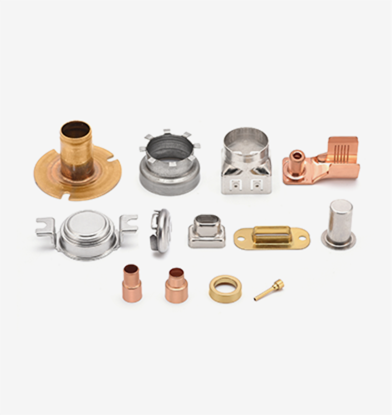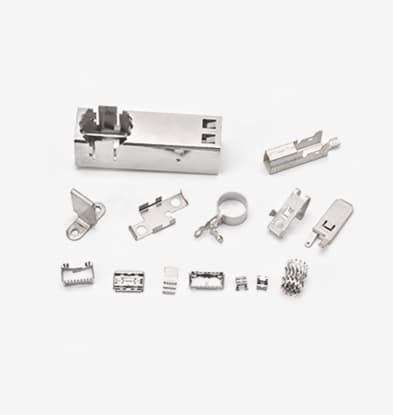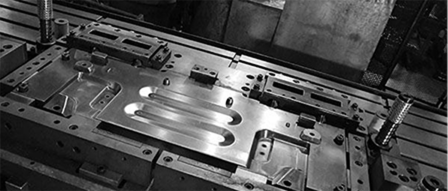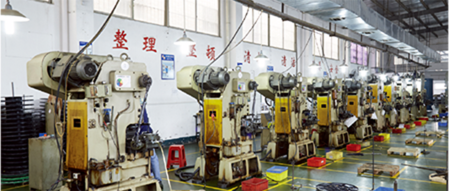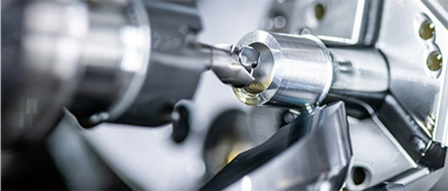How to Ensure the Stability of Precision Stamping Products?
In today's society, with the development of the hardware industry, the production equipment and technology of metal stamping parts are constantly improving, the metal stamping parts are becoming more and more precise, the product types are also increasing, and the market scale is constantly expanding.
Ⅰ. Stability guarantee of precision stamping products
During the stamping and forming of sheet metal, especially in the process of mass production, some undesirable phenomena often occur. The quality of most precision stamping products is no problem. Product stability issues. How to ensure the stability of precision stamping products is very important for stamping parts manufacturers, not only to save costs, but also to improve production efficiency and reflect the strength of the factory.
When receiving the customer's official mold opening drawing, it is necessary to analyze and evaluate the customer's drawing and mass production requirements. In the early stage of mold opening, it is necessary to review the hidden dangers and unachievable parts in mass production with customers, and make a briefing method. The main contents of the analysis are as follows:
1. Product tolerance, whether the definition of tolerance is reasonable;
2. Whether the product technology is reasonable;
3. The burr direction, the stamping direction or whether there is a burr area;
4. Measurements, benchmarks, and the parts that cannot be measured need to be submitted;
5. Material requirements, rationality of post-process electroplating, etc.;
6. Whether the product structure cannot be produced or has production risks.
The purpose of doing a technical briefing is to let customers know whether mass production can be done normally, not only for proofing, but also to better protect themselves.
The process of ensuring stable quality of precision stamping parts is a meticulous process that requires a large amount of data to be collected. It is necessary to closely focus on the inspection points required by the product and make accurate judgments based on the actual situation. Use suitable measuring tools to make timely process adjustments to meet high quality requirements.
Ⅱ. The content of precision stamping parts to be analyzed
1. Product classification analysis of precision stamping parts
Precision stamping parts can be divided into various types according to industry, use and process characteristics:
(1) Home appliance parts: It mainly includes major home appliance parts, such as color tube electron gun parts, as well as small home appliance parts, various structural parts and functional parts.
(2) Auto parts: mainly include automotive structural parts, automotive functional parts, automotive lathe parts, automotive relays, etc.
(3) Electronic parts: mainly include connecting devices, connectors, brush parts, electrical terminals, elastic parts, etc.
(4) IC integrated circuit lead frame: mainly includes discrete device lead frame and integrated circuit lead frame.
(5) Electric appliance iron core: It mainly includes E-shaped transformer core, EI-shaped transformer core, I-shaped transformer core, and other transformer cores.
(6) Motor core: mainly includes single-phase series motor core, single-phase household motor core, single-phase shaded-pole motor core, permanent magnet DC motor core, industrial motor core, plastic-encapsulated stator core, etc.
(7) Heat exchanger fins: mainly include industrial heat exchanger fins, household heat exchanger fins, automotive heat exchanger fins, etc.
(8) Other parts: mainly include instrumentation parts, IT parts, acoustic and camera parts, modern office parts, daily hardware, etc.
Precision stamping parts have the characteristics of rich variety, material diversity, large automatic production batch, high precision, complex shape, high technical content and high added value. They are widely used in all walks of life and play an important role.
2. Process analysis of precision stamping parts
The manufacturability of precision stamping parts refers to the difficulty of the part in stamping processing. In terms of technology, it is mainly analyzed whether the shape characteristics, size, precision requirements and material properties of the precision stamping parts meet the requirements of the stamping process.
Good manufacturability should ensure less material consumption, less number of processes, simple mold structure, long service life, stable product quality, simple and convenient operation, etc. In general, the biggest influence on the manufacturability of precision stamping parts is the structural size and accuracy requirements of the stamping parts.
If it is found that the craftsmanship of the parts is not good, the modification suggestions should be submitted to the design department on the premise of not affecting the use requirements of the products, and the parts drawings should be modified to suit the stamping manufacturability.
In addition, the analysis of the part drawing should also clarify the difficulty of stamping the part. Special attention should be paid to the limit size, design basis, and thinning, warpage, springback, burr size and direction requirements on the part drawing, because these factors affect the determination of the nature, quantity and order of the required processes has a great influence on the positioning method of precision stamping parts, the precision of mold manufacturing and the selection of mold structure.

 English
English 